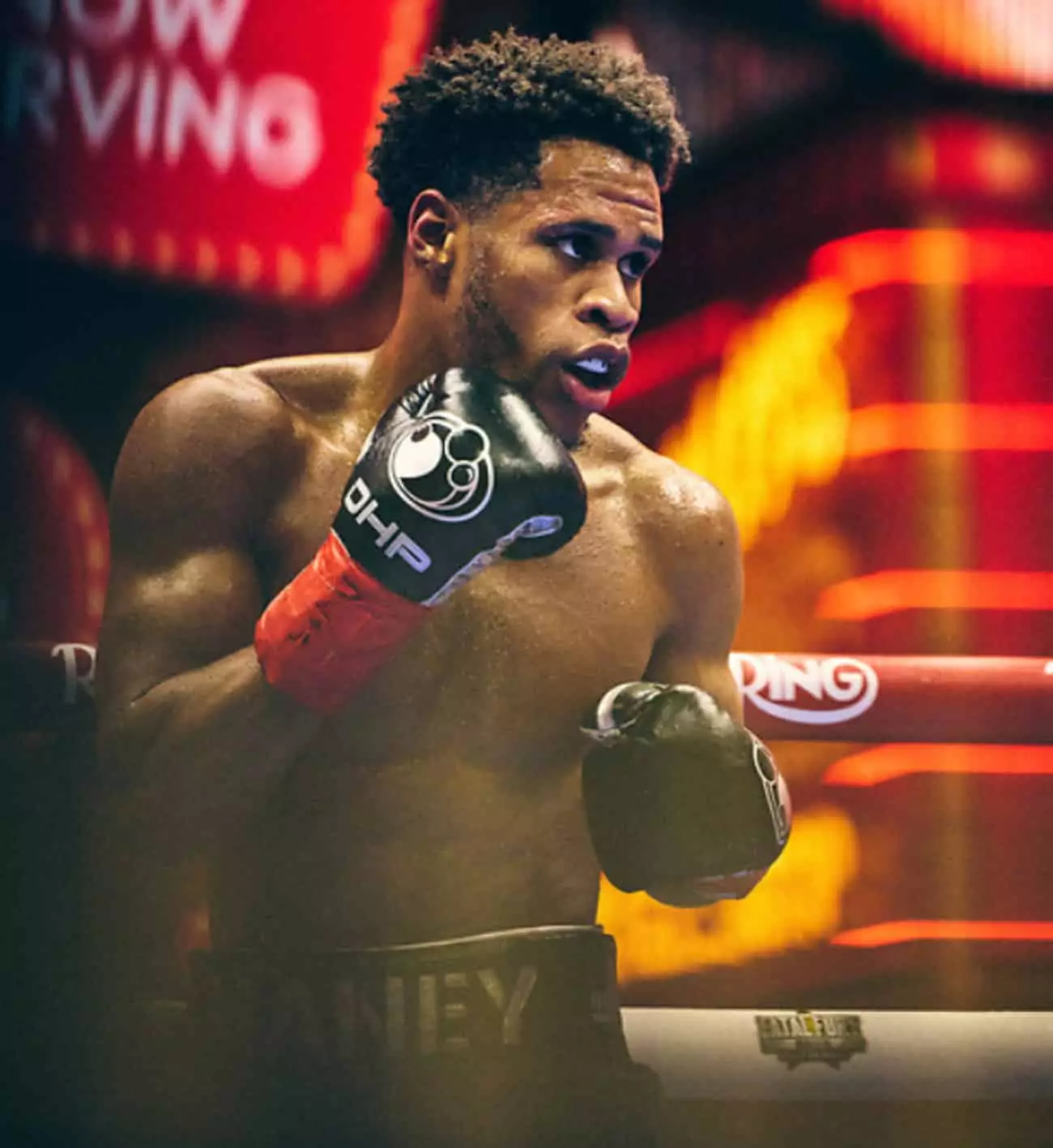In the world of boxing, every performance is dissected with surgical precision, especially when a high-stakes match is involved. Devin Haney’s recent bout against Jose Ramirez has drawn a plethora of critiques, primarily questioning his heart and competitive spirit. What many analysts deem as a defensive strategy, others perceive as a sheer lack of fight. Caleb Plant, a former IBF super middleweight champion, has come to Haney’s defense, arguing that the battle’s dynamics were not solely Haney’s burden to bear. However, this stance merits a nuanced examination of what it truly means to perform at the highest level of competitive sports.
Haney’s penchant for evasive maneuvers, rather than engaging in toe-to-toe combat, raises eyebrows. Critics argue that while moving around the ring for twelve rounds demonstrates fitness and training discipline, it does not necessarily equate to an exciting fight. In a sport where drawing in the audience is as crucial as winning the match itself, failings to captivate can lead to a perception of cowardice rather than strategy. Plant’s defense of Haney’s approach begs the question: is it acceptable to prioritize safety over entertainment, especially when substantial financial rewards are at stake?
Caleb Plant’s Blind Spot
Caleb Plant’s analysis projects an interesting lens on conditioning and strategy but lacks an essential understanding of a fighter’s responsibilities. While Plant asserts it was Ramirez’s job to create a competitive atmosphere, he overlooks Haney’s obligation to engage. Spectators purchase tickets and tune in to witness thrilling exchanges, not a display of rabbit-like avoidance. To entertain millions while raking in a reported $10 million, a fighter must not only win but also do so in a manner that resonates with fans.
The dichotomy of engaging versus winning presents a conundrum in sports — one that Plant, despite his own fighting history, seems to gloss over. While it is true that Haney executed his fight plan to the letter, it can be argued that true mastery in boxing involves adapting to the moment’s needs, including entertaining the audience without jeopardizing one’s safety recklessly. Just because evasive maneuvers are part of Haney’s style does not absolve him from criticism, especially in a bout that many perceived to lack zest.
The Competitive Landscape
Analyzing the competitive landscape reveals that fans crave authenticity and human emotion in matches. This was glaringly absent during Haney’s fight against Ramirez; instead of a compelling narrative of back-and-forth exchanges, viewers were subjected to a tactical showcase that prioritized the victory over the journey. Plant’s characterizations of Haney’s performance as pragmatic and disciplined miss a crucial aspect of the art of boxing: the storytelling that unfolds within the ring.
In defense of his friend, Plant sympathizes with the need for discipline in executing a fight strategy but fails to grasp that excessive caution can become a double-edged sword, isolating the fighter from the very audience that fuels their career. Rather than soaking up accolades for his ingenious avoidance tactics, Haney risks being typecast as a master of running — not winning. If perpetually labeled a fighter who avoids engagement, where does longevity in his career find its footing?
Shadows of Shared Styles
A curious parallel is drawn between the fighting styles of Plant and Haney. Both are innovators of their methods, often favoring a more strategic approach rather than brute force. This similarity complicates the narrative; Plant’s reluctance to critique his friend may stem from the fact that they both share a mindset laden with caution. However, self-critique, when warranted, is vital for growth. It raises a significant point — are they both trapped in a cycle that favors survival over spectacle?
When one’s framework for evaluating performance is predominantly centered around safety and avoidance, they risk becoming stagnant. Although evasive style has its merits, the crux of boxing hinges on the thrill of interaction and risk that ignites its essence. Fans should never settle for “just enough” when they expect extraordinary.
In the end, Plant’s support of Haney underscores a persistent issue in boxing culture: the balancing act between winning, safety, and entertainment. As more fighters adhere to defensive strategies, the art of the sport risks devolving into a series of tactical retreats rather than highlighting the courageous confrontations that the sport promises. Critics ask for more than tactics, and rightfully so; they seek the heart that thrives when two competitors face off, giving their all for the glory of the moment. It is time for fighters to reclaim this essence.

